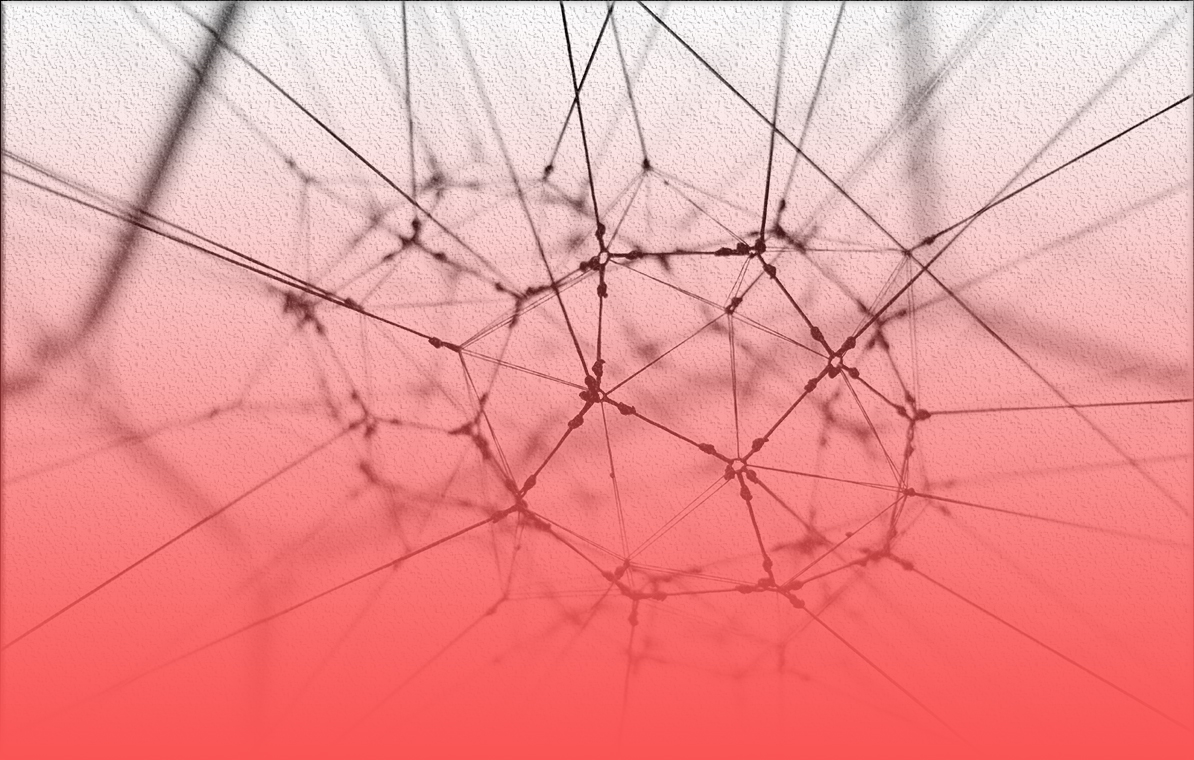Mapping Dante: A Digital Platform for the Study of Places in the Commedia
DOI:
https://doi.org/10.7264/N3MG7MXKAbstract
This essay presents Mapping Dante, a project for the study of the geography of the Divine Comedy through a digital map visualizing all the place-names mentioned in the text. First, the project background is sketched out by a concise overview of the history of the reception and visualization of Dante’s geography, of the constellation of digital Dante projects, and of GIS literary mapping. Second, specific stages and issues of Mapping Dante are discussed: the making of the dataset and its categories, the heterogeneity of medieval geography, the structure of the map with layers and pop-up cards. Conceived as a repository of Dante’s encyclopedic use of geography in the Commedia, the map is also an experiment in connecting text and cartography through the possibilities offered by GIS technology. By exploring different visualizations of a set layers based on textual, cultural and rhetorical categories, users can search for patterns in the distribution of Dante’s geographical references, and can retrieve information relevant to each passage in which a place is mentioned.Downloads
Published
2017-12-19
Issue
Section
Projects
License
Copyright (c) 2017 Humanist Studies & the Digital Age

This work is licensed under a Creative Commons Attribution-NoDerivatives 4.0 International License.
Authors who publish with this journal agree to the following terms:
- Authors retain copyright and grant the journal right of first publication with the work licensed under a Creative Commons Attribution No Derivatives License that allows others to share the work with an acknowledgement of the work's authorship and initial publication in this journal.
- Article and journal metadata is released under a Creative Commons Attribution license.
- Authors may enter into separate, additional contractual arrangements for the non-exclusive distribution of the journal's published version of the work (e.g., post it to an institutional repository or publish it in a book), with an acknowledgement of its initial publication in this journal.
- Authors are permitted to post their work online (e.g., in institutional repositories or on their website) prior to and during the submission process, as this can lead to productive exchanges, as well as earlier and greater citation of published work (See The Effect of Open Access). Indicate that the manuscript is under submission.

